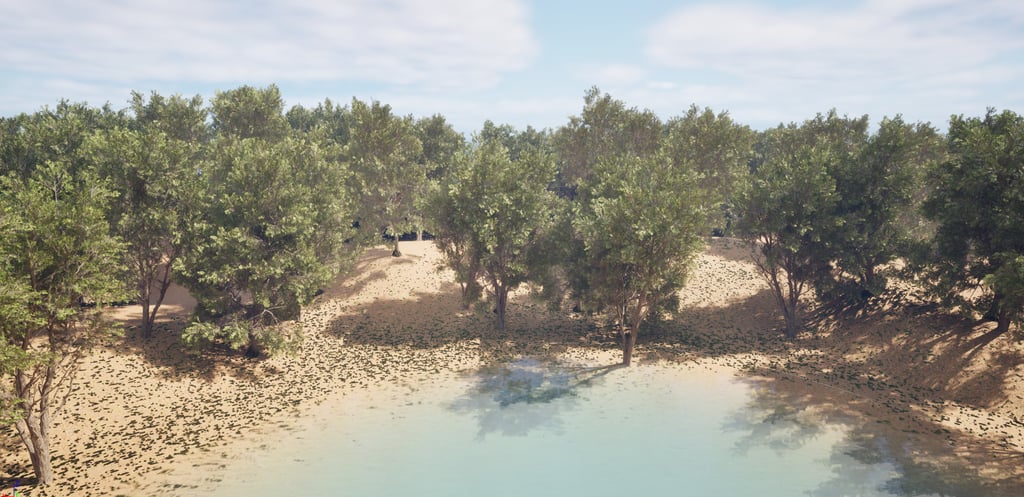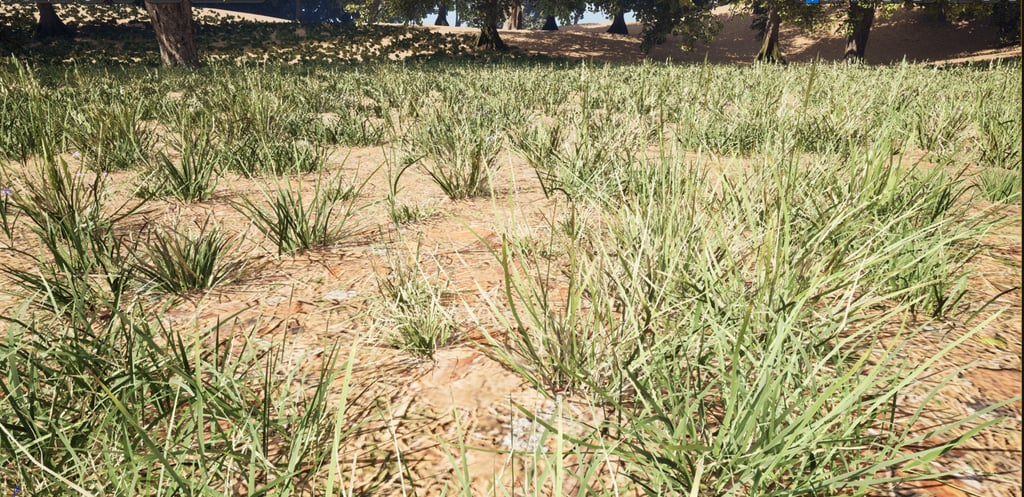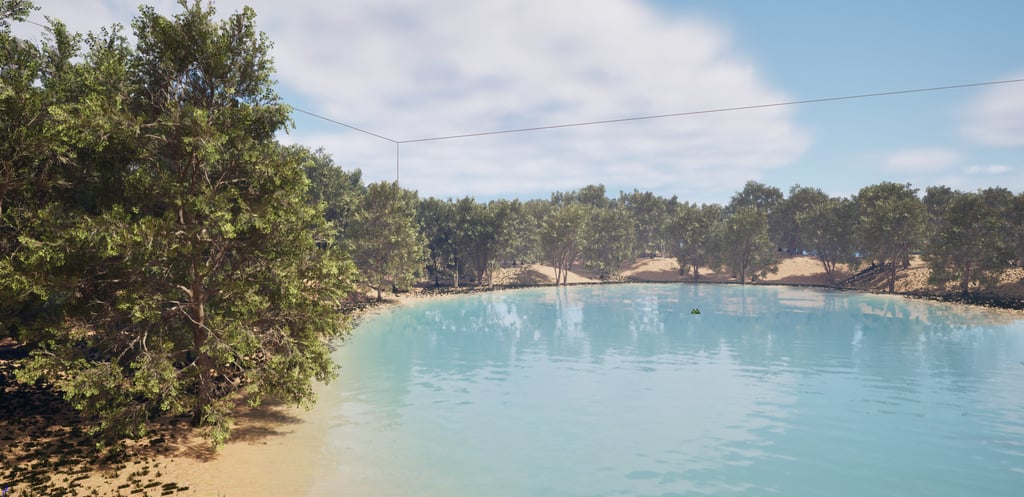Environment Design (Foliage and Grass)
I finished the environment by adding a lot of different kinds of vegetation and grasses. I added lots of plants, trees, shrubs, and grass in the environment. It is important to add variety when it comes to your vegetation. Also, having vegetation with different heights helps make your environment more dynamic.
SPRING QUARTER 2024
6/19/20242 min read


Foliage Addition:
I finished the environment by adding a lot of different kinds of vegetation and grasses. I added lots of plants, trees, shrubs, and grass in the environment. It is important to add variety when it comes to your vegetation. Also, having vegetation with different heights helps make your environment more dynamic.
Dynamic Foliage:
I also utilized dynamic materials for tree leaves and plants to give a sense of simulated wind effects. This approach also makes the foliage move more dynamically and realistically. The works were also powered by materialized movement, a type of motion that is far more resourceful in terms of performance costs than even classic animation.
Texture Blending for Tiling Mitigation:
Both foliage (planted trees) and grass helped reduce texture tiling issues that often tear the user’s immersion in the landscape. Placing clumps of dense grass and different plants in tiled areas visually broke up the repetition, making the effect more natural. Further enhancing this effect was the fact that each expansion had a different shape and size, while variation in the foliage itself helped to conceal any tiling so that the environment could appear more continuous and organic than it really was.
Performance Enhancements:
Leveraging moving materials here effectively offloaded foliage geometry from the GPU, using photons for illumination and moving materials for the foliage that was being blown by the wind. This offered significant performance benefits because there was no need to animate each leaf individually.
This technique added the necessary motion and verisimilitude in a way that didn’t compromise level performance.
Balance Between Realism and Performance:
I weighed up the balance between the detail of the models and textures used, against performance considerations. For example, say, setting LOD on my foliage so that, close to the camera, detail was as high-definition as possible. However, as I headed further away from the player, it would be replaced by something much simpler to reduce the processor load. The Thief team spent a year combining deep very-high-resolution processes like the voxel library with several percentage points of speed on the PS3 and 360 versions.
I kept those parameters at a relatively high value to avoid degrading visual fidelity, but tweaked them to ensure the application wasn’t overloaded by additional sensory input.



